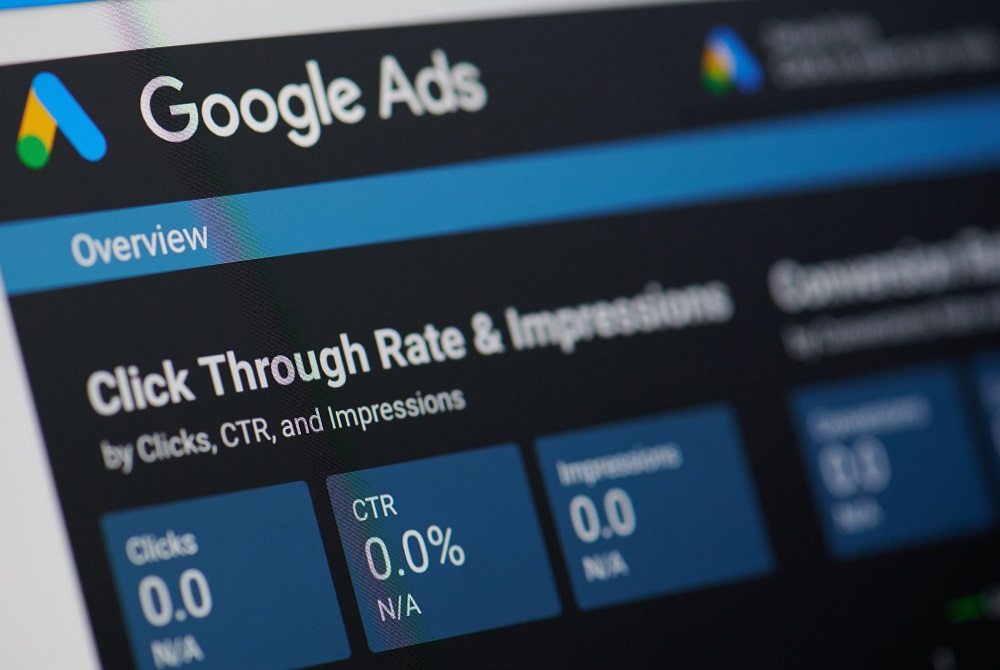The field of digital advertising is rife with opportunities for criminal conduct, with scams and massive busts happening nearly everywhere. One practice that all reputable industry workers detest is undoubtedly ad fraud. It’s not as if ad fraud suddenly appeared; it has existed for a long time. However, with the development of ad technology and the widespread use of real-time bidding models, not using the click fraud prevention google ads the issue has evolved from a minor irritation to a severe threat that significantly harms businesses.
What makes ad tech appealing to ad fraud?
For two main reasons, fraudsters drawn to ad technology:
- Payouts are substantial, and
- The likelihood of punishment is uncannily small.
Both factors stem from a lack of openness and confidence among industry participants, say the experts in Solutions. Every party involved in the situation anticipates finding out something negative. Both reputation of sponsors and their budgets severely harmed by the entire obfuscation and deception farce without click fraud prevention google ads. Because ad tech is performance-based is paramount! Metrics like traffic, impressions, conversions, etc. It used to determine a campaign’s efficacy. Metrics might be misleading, though. By manipulating the information in specific ways, they can get rigged. Fraudsters take advantage of this significant weakness. The game can always be “rigged” even though their fail-safe safeguards place to stop more apparent attempts.
Methods Applied in CPM and CPC Fraud
Let’s discuss how they accomplish this. Fraudsters employ a variety of methods, all of which generally fit the following mould:
1) Inflate the quantity
2) Increase your earnings
3) Get rid of the evidence
A bot could use programmatically by a fraudster to create significant ad impressions. The bot frequently refreshes webpages, which updates ad slots. They can even use data centres to cram advertisements into invisible iframes. Another popular technique is utilising a mobile app to load the webpages with the publicity in background mode.
Although the user would never see the advertisement, the publisher would still get credited for doing so. An attractive incentive is to receive higher compensation for CPMs. It is done by faking an iOS device and spoofing well-known websites (which marketers associate with wealthier clients). For marketers to pay them through geolocation targeting, fraudsters also use fictitious locations. Fraudsters pose as doctors and other rich targets that pharmaceutical corporations are willing to spend more money to attract. Another scam involves masking data centre traffic with residential proxies to give advertisers the impression that they are contacting consumers at home.
Ad fraud damages
The issue of ad fraud is a problem that doesn’t seem to be going away anytime soon. One fraud technique will always get followed by another after it revealed. The cycle never ends. Every year, ad fraud causes billions of dollars in losses. As it becomes more sophisticated and uses cutting-edge technologies and unorthodox strategies, it causes great harm. Ad fraud not intended to be a destructive force and must be understood. While destroying its main objective is to parasite an ad network. Ad fraud cases that are more complex are chronic parasites that slowly rob consumers of their money.




